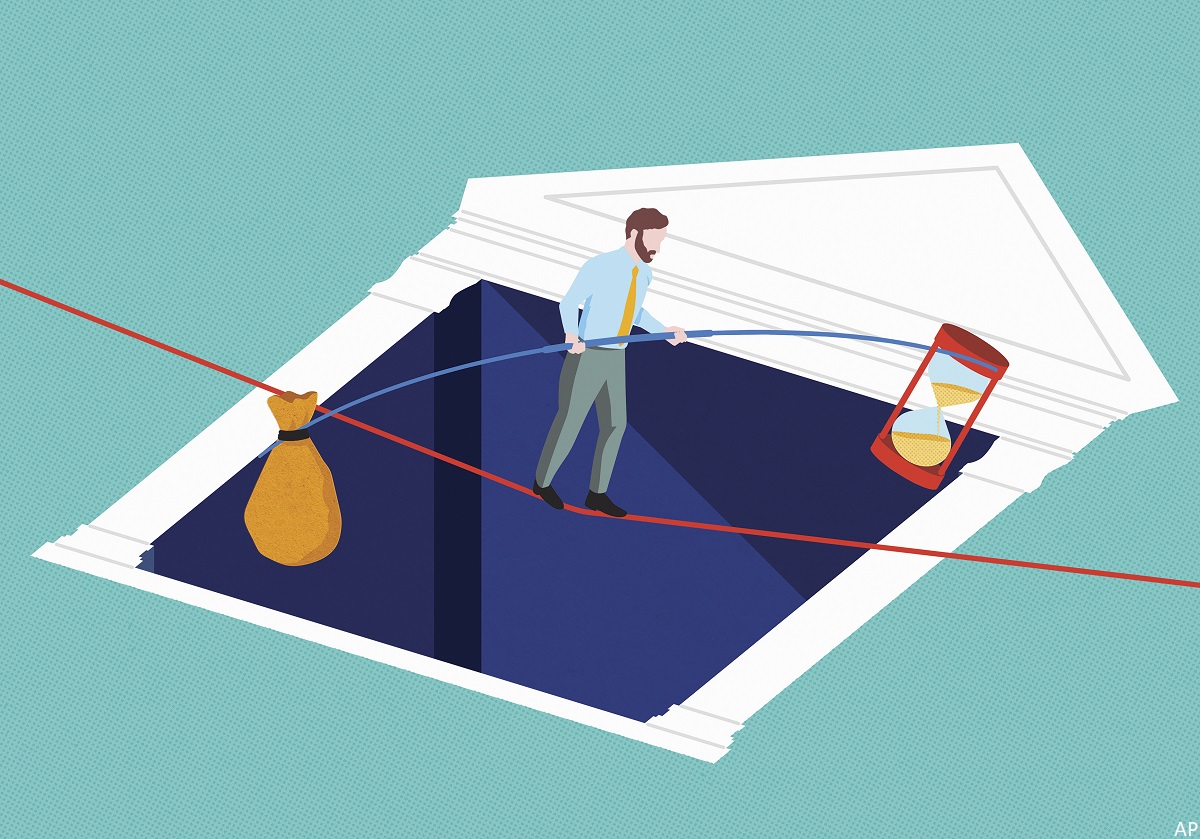
Week after week, month after month, and year after year, we find that dividend articles and videos top our most viewed lists. Canadians love their dividends. Why? Let’s consider four reasons in a little more detail.
4 Reasons Canadian Investors Like Dividend Paying Stocks
There are some logical reasons that investors like dividend paying stocks in Canada. Here are four:
- Taxes: For eligible Canadian companies, dividends are taxed favorably when compared to interest income (like that you would get from holding a bond). For reference, ‘eligible’ here refers to Canadian corporations that pays dividends out of their income for which they’ve already paid corporate tax.
- Income: Dividends provide a source of income, which is useful for investors who require regular payouts from their portfolio. Retirees, for example, might benefit from a steady dividend payout to supplement their income requirements.
- The Companies: Companies that pay steady dividends are often larger and more mature. Historically, holding large companies (defined by their market capitalization) has reduced the amount of volatility in a portfolio when compared to holding smaller companies.
- Human Behaviour: Simply put, it might seem like an investor is getting a tangible return (ref: “a bird in hand is worth two in the bush”) on their investment, when they get a dividend. In reality, this isn’t really the case.
How Do Companies Decide to Payout Dividends?
The amount dividends a company pays out is determined at the discretion of the company’s management team. After paying for the general operations of a company (things like salaries, cost of goods, interest expenses), the company is left with some amount of net income.
It is up to management whether the company re-invests this amount back into the business (perhaps through research and development, or by expanding business lines) which will hopefully result in future growth, or pays it out to shareholders in the form of a dividend.
Companies generally provide guidance during earnings calls on what their upcoming dividends are going to be. For reference and convenience, below is a list of companies where their announced dividends aren’t going to be as high as they were last year:
On a go-forward basis (outside of company guidance), there’s no sure-fire way of knowing in advance whether a company will cut its dividend. However, there are two hints:
- The company’s own dividend history, which provides the context into the company’s dividend policy and whether they’ve historically held up to that policy, and
- A company’s dividend payout ratio, which is calculated by taking the company’s dividend (either historical or announced but not yet paid) and dividing it by the company’s earnings, expressed a percentage. If this ratio exceeds 100%, it means that the company is paying out more than it’s making that quarter, which is not maintainable over prolonged periods.
Today, we look for companies that indeed have a higher than usual dividend payout ratio and will find it difficult to maintain the same level of dividends unless they can increase their bottom lines in the future. Specifically, I screened for Canadian-listed companies that:
- Have a dividend payout ratio against expected earnings (taken from street consensus estimates) of greater than 100% and
- Have a payout ratio on estimated operating cashflow of greater than 80%
- Is not a real estate investment trust or REIT, which have a different operating structure requiring a substantially higher
The companies that meet the requirements of this screen are listed in the table below:




















